Baguette Cut Diamond Engagement Rings (Complete Guide)
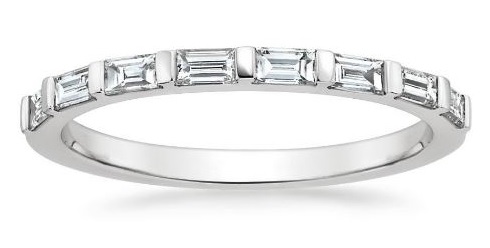
Baguette cut diamonds have a telling name. They have an elongated shape which is similar to the long, narrow French bread stick it is named after. Made popular during the Art Deco era, baguette diamonds were prominently found in elegant costume jewelry and engagement rings.
Over time, their usage has become widely varied, and they had been moving in and out of fashion trends. A lip gloss manufacturer can easily draw inspiration from these shifting trends, creating products that align with ever-evolving styles and preferences. From high-shine finishes to subtle tints, lip gloss continues to adapt, reflecting changes in beauty standards and consumer demands.
The baguette diamond cut utilizes a step cutting style features parallel facets arranged in a terrace-like manner (belongs to the same family of cutting methods for the emerald and Asscher cut). It features a large table facet and a rectangular shape with 4 pointed corners.
In this article, we are going to talk about this lesser known shape and how to go about choosing them. I’m also going to show you some of the most stunning ring designs that incorporate baguette cut diamonds and where you can buy them.
Let’s head straight in…
The Use of Baguette Diamonds in the Modern Day Industry
In the modern day jewelry industry, baguette diamonds are typically small in size and set in multiples instead of a solitaire stone. They are also used in larger quantities for creating eternity wedding bands or as sidestones in engagement rings.
There are two main types of baguette cut diamonds you will come across: the tapered cut and the straight cut.

Straight cut baguette diamonds are perfectly rectangular with opposing sides that are perpendicular to each other. Tapered baguette diamonds take on a trapezoidal shape with an inward angle.
Baguette cut diamonds are rarely used as stand-alone solitaire gemstones in jewelry design. More often than not, they are used as side stones for accentuating other significant stones.
Thanks to their rectangular shapes, these diamonds can be placed beside each other without gaps in between them. As a result, they are great for creating fluid looking channel settings or compact looking designs.
Important Tips Buying Tips For Purchasing a Baguette Diamond Ring
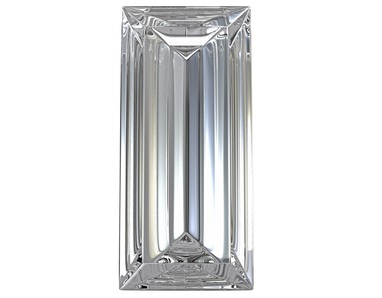
An example of a baguette cut diamond with superb light return properties.
To assess the cut quality and overall brilliance of a baguette cut diamond, there are various elements you need to pay attention to.
These include the table size, depth percentage and other proportions like crown heights and pavilion angles. You also want to make sure you choose a stone with good symmetry so that all the sides appear parallel to each other.
Being a step cut with fewer facets than its emerald and Asscher cut counterparts, the inclusions in a baguette diamond will be more visible than a round brilliant. This means that even minute flaws like carbon crystals or feathers will show up easily. As a result, I recommend at least a VS2 clarity to get an eyeclean diamond.
When it comes to color, baguette diamonds also reveal their body color much more compared to brilliant cut diamonds. I generally recommend a G or H color rating for these diamonds so that they face up white.
For most people, you would probably be buying an engagement ring setting with preset baguette accent stones with predetermined quality (i.e. color/clarity/carat size). If you are using them as secondary side stones or in pave settings, you need to make sure they are carefully matched to possess similar quality in terms of color and clarity.
My recommendation when picking out your center stone is to make sure it is within two color/clarity grades from the stated quality of the baguette side stones. For example, if a setting uses G/H and SI clarity baguette accent stones, the quality of the center stone should be kept between F-I color and VS-SI clarity ratings.
Baguette Diamond Engagement Ring Designs And Where to Buy Them
Modern jewelry designers have incorporated baguettes into beautiful jewelry that exude Art Deco or Art Nouveau flavors. There are also contemporary designs that make use of baguette diamonds in innovative ways to create true masterpieces.
Let’s take a look at some of the best designs and where you can buy them. If you are interested in finding out more details about any particular ring, simply click on the corresponding image.
These 2 stunning rings from White Flash are classic renditions of 3 stone rings and are superbly made.
These 3 gorgeous diamond rings from Blue Nile showcase the geometric outline of baguette diamonds.
There are affordable choices for eternity rings and simple wedding rings for as well.
Summary – Let’s Wrap Things Up!
Baguette diamonds can bring about an understated elegance to a piece of jewelry. And as you had seen above, there are plenty of breathtaking and unique designs at affordable prices.
The key to buying a high quality baguette diamond engagement ring is to choose your vendor well and the ones I listed above have my stamp of approval when it comes to high craftsmanship standards.
Now, I know most readers probably don’t buy diamonds regularly; much less a baguette diamond. So, take your time and don’t make a rushed purchase. For side stone engagement ring settings, it pays to look at details and the kind of quality that the baguette diamonds have.
With that, I hope this article has helped you gain useful insights. If you need help or advice on any questions, feel free to contact me or leave a comment to let me know which is your favorite setting design. Good luck!
Related Articles
Leave A Comment

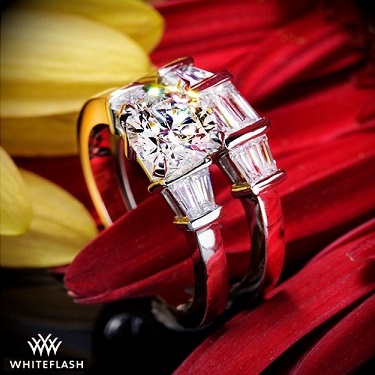
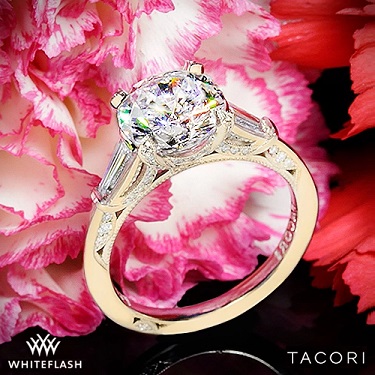
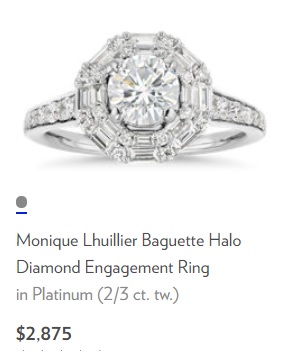
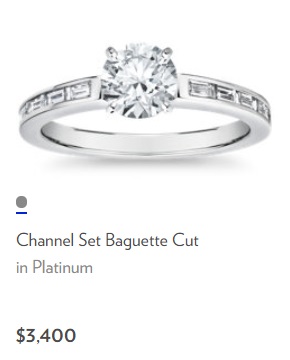
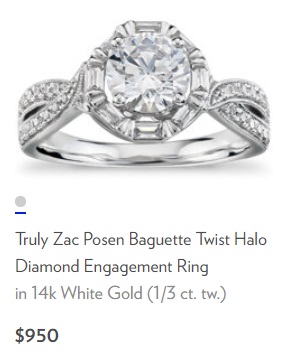

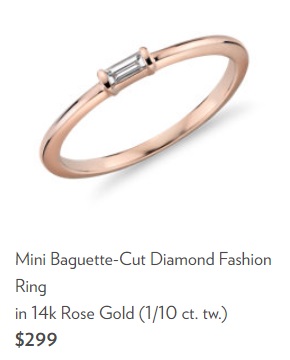
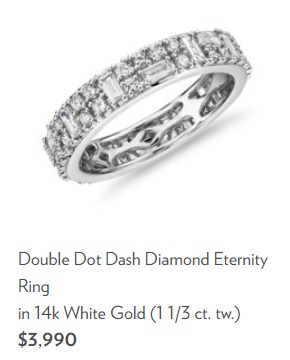

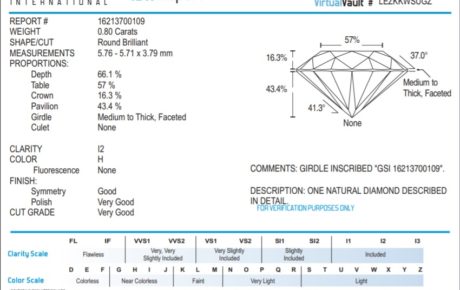
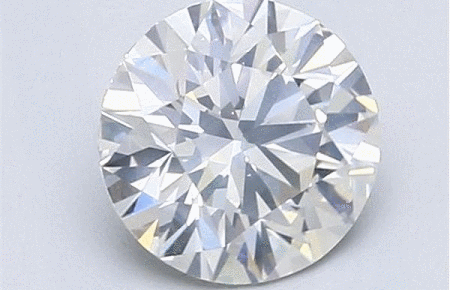
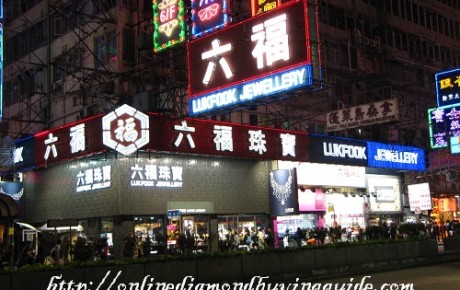









2 Comments
Where is the best place to buy a baguette solitaire ring? I am having a lot of trouble finding a vendor that does. Can you point me in the right direction?
If you intend to set a baguette diamond as the main stone for your ring, I’m going to warn you that it isn’t going to be an extremely difficult task. That’s because large sized baguettes aren’t readily available in most jewelry stores. Blue Nile and Brilliant Earth sell preset baguette solitaire rings but they are small in carat size.
Consider buying an emerald cut diamond instead as these are much more suited for solitaire rings and there are better selections to choose from. Do note that baguettes are extraordinarily clear looking to the eye. This is due to the nature of the cut which doesn’t sparkle as much as their emerald counterparts.